Writer Kel Symons and artist Mathew Reynolds have taken their love of high adventure and noir storytelling and created Image’s new book The Mercenary Sea. The first issue sold out and has gone on to a second printing. Critics and fans loved it and UTF’s own Harrison Rawdin said, “The Mercenary Sea #1 is fun! And as a first entry it does more than enough to garner attention and praise. So by all means, reserve it on your pull-list, as it comes recommended.” (To read his full review click here)
 The story features Captain Jack Harper and his crew of ex-pats in 1938 in the South Pacific and their adventures with headhunters, pirates and the Chinese Navy preceding America’s entry into World War II. Symons sat down with me for UTF to discuss Captain Harper, his crew and their adventures on The Mercenary Sea.
The story features Captain Jack Harper and his crew of ex-pats in 1938 in the South Pacific and their adventures with headhunters, pirates and the Chinese Navy preceding America’s entry into World War II. Symons sat down with me for UTF to discuss Captain Harper, his crew and their adventures on The Mercenary Sea.
UTF: Give us a synopsis of what goes on in The Mercenary Sea.
KEL SYMONS: Basically when I pitched it to Eric Stephenson at Image I said, It’s Raiders of the Lost Ark meets Firefly. That’s still probably the best encapsulation I could give. It’s a throwback to the adventure stories that I grew up loving certainly Raiders and the Indiana Jones stuff. There’s a little bit of Star Wars in there. There’s movies of Howard Hawk’s Only Angels Have Wings and To Have and Have Not. There’s a little Johnny Quest in there. I know that Mathew Reynolds, who’s my partner on this, brought some of the Larry Hamma, GI Joe aspects of it. Also a big fan of the Edgar Rice Burroughs tails like Tarzan or The Land That Time Forgot or The People That Time Forgot.
The basic premise is it’s 1938, Japan has invaded China, and Jack Harper is the crew of a refitted German U-boat from World War I. He and his crew of ex-pats and fortune hunters are touring around the southeast looking for work and also on the hunt for a legendary last island that’s sort of like Skull Island by way of Shangri-la.
It’s gotten great reviews and it’s already gone to a second printing. It’s sold out at distributor level. Talk about the reaction of fans and the readers and how you feel about that.
KEL SYMONS: I can’t help but say that I feel great about it. I know Mathew feels the same. This is only my second book ever so I don’t have a lot to compare it to but, I do have I Love Trouble to compare it to. This theme seems to have reached a much broader audience and gotten a much more positive response than I Love Trouble did. Not to say that book didn’t have it’s fans and it certainly reached a certain audience. But this seems to have a bit of a broader appeal which is nice. I have to say I’ve been getting a lot of really great responses, people tweeting me and sending us fan mails to the e-mail address that we put on the book, leaving us notes on our Facebook page. It’s been very nice, what can I say? It’s nice when we connect with an audience like that.
This is only your second book and you’re right there. How did you get into the Image fold right away?
KEL SYMONS: I’m embarrassed to say that I’m friends with Eric Stephenson, the publisher. That’s kind of the way it is, although I’d certainly like to think Eric recognized a certain level of talent and approached me originally to do I Love Trouble which was based on an idea that he came up with for a much larger shared universe of characters. He knew me as a writer of film and television before that so it’s not like I showed up off the street or he’s my uncle on the business basically. Hey, give this kid a shot. There is some background in professional writing, at the very least that I can say, that I can rely on.
It’s an unusual experience for me to work for Image after working in the Hollywood development system. I was originally an executive for a number of years, and a producer, and then transitioned to writing as well. Where I’m just used to the development process which is, everybody’s got an opinion about what you’re writing, and more than happy to share their opinion with you. Often times it involves five to ten pages of notes about something that you’ve written.
Totally not the case with Image and I’ll have to say, there was a little bit of culture shock when I first started working with Eric. He gave me a couple of pointers but there was no real notes process. There was no editorial control which was surprising to me because I just assumed that, much like any author at a publishing house there’s going to be an editor that goes through the manuscript, makes suggestions about things that aren’t clear. And certainly there’s a pass for grammar, and spelling, and what have you, but there’s actually content editing going on. I asked Eric, “Do you not have any notes to give me, because it’s completely foreign to me? You’re my boss and you don’t have anything you want to tell me?” He was like, “No, you know what we’re creator owned. That means the book is yours. You can do what you want and, by the way, it’s going to stand or fall on your abilities and your abilities alone for the most part.”
It was a little scary at first, like working without a net basically. On The Mercenary Sea, Mathew was a really great sounding board for everything that we were doing. We really technically came up with the idea together but with The Mercenary Sea it was really Mathew and I in the trenches, figuring out what it was going to be, working out the details of this world. Then I had to go off and write the script certainly, and he’s been laboring extra hard to keep on schedule, and get the art out there. It really is our book to tell.
You say that you write cinematically when you write comic books. The book itself looks very cinematic. It’s got a lot of depth of field. Was that by design?
KEL SYMONS: It’s definitely by design but I have to give an incredible amount of credit to Mathew for delivering that sort of cinematic style. My script for The Mercenary Sea and I Love Trouble are virtually indistinguishable from stuff that I write for a screenplay. With The Mercenary Sea certainly I was much more cognizant of how panels would play out and I would write in this is a medium close-up, this is a two shot of these two characters, can we get a view that’s slightly above them, like an over the shoulder shot, this is an aerial view. That stuff I wrote and Mathew, sometimes didn’t necessarily go with what I said. He had his own vision for what those panels and what those pages were going to play out which I’m totally fine with. By way of answering your question, yes there’s a little bit more directorial thought that goes into my scripts for comic books than it does for my scripts for film and television.
Talk about Mathew, as an artist, and his designs for the book.
Mathew, definitely got to play with a lot of different looks with this. And I can only tell you guys it keeps getting better. He’s going to continue to impress it I think. The forced perspective or depth of feel that you are talking about, he does that more and more. There’s a lot more of that coming up and I think it’s fantastic because it does lend this great cinematic look to it. One of my favorite pieces that he’s done is the cover for the next issue, for issue two which has this Japanese Zero coming in and dive bombing the submarine and the Japanese Zero is out of focus. It’s in the foreground, it’s out of focus, it looks so great. It’s got this movement to it that really works nicely.
What do you have in store for Jack Harper and his crew?
KEL SYMONS: I have no idea. Just kidding. Every four to eight issues we’re starting to map out the next arc right now and I’ve already started scripting issue seven. We are planning on every four to eight issues to be a complete story arc. So the next issue will delve into their past a bit more and we’ll really start to flesh out the characters as we see how the team came together. About a year ago prior to the events of this first arc where they were working basically as mercenaries for the Chinese Navy fighting against the Japanese and we get to the whole back story of Admiral Shatang who’s one of our heavies throughout the first arc. He’s always mentioned but never seen. They’ll be a present adventure that relates to their past. I’m figuring out how exactly that’s going to play out. How I’m going to do that on an issue by issue basis but it’s coming together really nicely. I’m laying in the seeds of this legendary lost island, Koji Ra, that’s going to be coming up in probably the fourth arc, we’ll start to explore that. I imagine that’s going to be a long arc so that might even last an entire year and probably break that into a couple of mini arcs but we’ve got stories. I know how it ends. We’re really going to take this story right up to the doorstep of America’s entry into World War II.
Growing up you were much more into film and TV than you were comic books. Have you caught up on the comic book culture?
KEL SYMONS: I’m still wide eyed and lost in some conversations with folks who start talking about series that I’m certainly aware of but I’m like, “Man I have not read every one of those series of the alternate universe and the alternate world.” I tend to gravitate more towards, I guess grounded comics might be a better word for it, but I certainly read some super hero titles. I read Batman, during the 80’s was a big thing for me and definitely enhanced by Arkham Asylum, which probably one of the best comics I’ve ever read period. I’m a big fan of Y: The Last Man, also Runaways, I’m a fan of Brian Vaughn in general. Stuff I’m reading recently, I love the Darwin Cook Parker stuff. The European comics like The Killer or Blacksad. The Boys, love that, was a big fan of Powers. The comics that turned the superhero genre on its ear. Astro City would be another example of that. Recently I’m reading, Fatale, I’m a big H.P. Lovecraft fan so I love the noir aspect Ed Brubaker is bringing to that. There’s a lot of different books that I’m reading but I generally tend to not read the superhero stuff.
Is there any superhero book that you would like to tackle at some point?
KEL SYMONS: Honestly, the stuff I’m thinking about doing isn’t in that world at all but I have another series that I’m doing with Image that will be out probably end of this year, early next year we’re hoping, with Nate Stockman who’s this Irish artist who came in and did issue six of I Love Trouble. I had a really good time working with him and wanted to figure out something for the two of us to do together and we hit upon it toward the end of last year. He’s quite busy right now, he does Anti-Hero for Monkeybrain Comics with Jay Faerber, so he’s finishing that up. As soon as he’s done, I’ve already written the first five scripts, we’re raring to go, and he’s going to tackle that, hopefully quickly, and we’ll see what happens with it. That’s going to be a swords and sorcery, science fiction thing that’s inspired by Conan which is my favorite series of stories that I’ve only recently started getting into actually.
Issue #2 of The Mercenary Sea hits comic shops on March 12th.

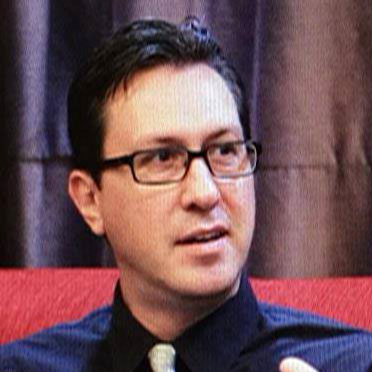
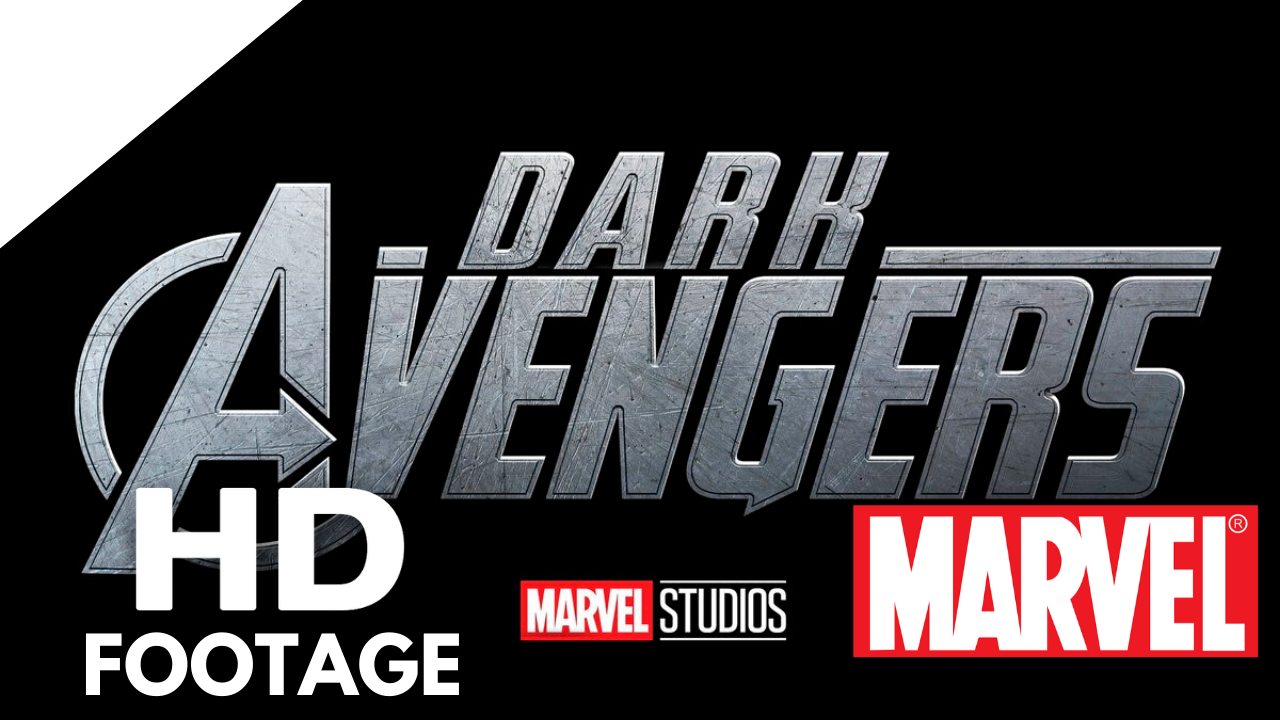
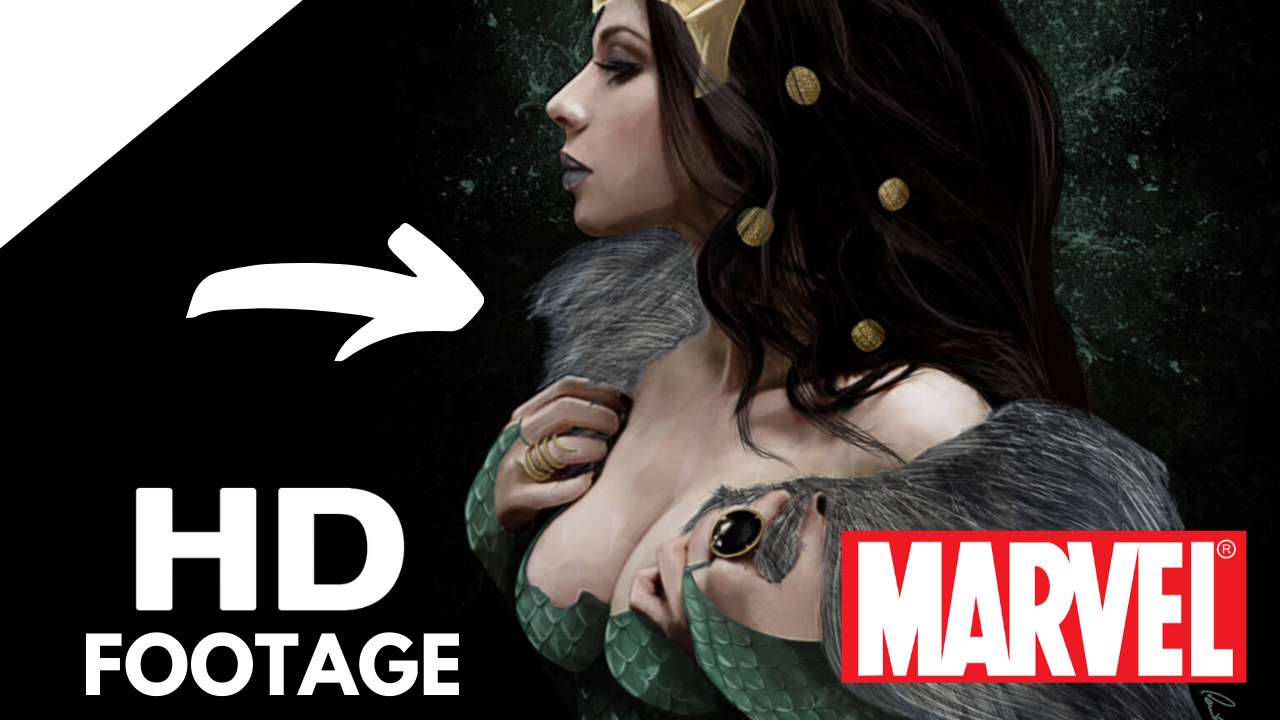

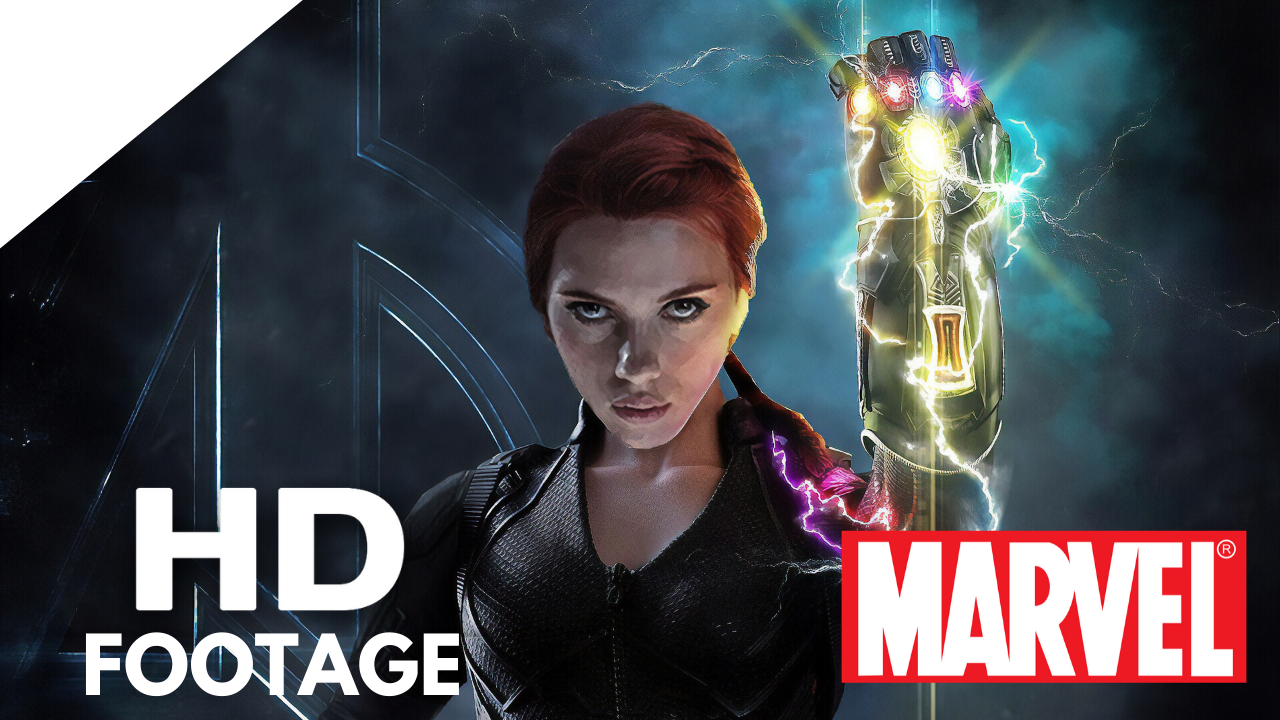
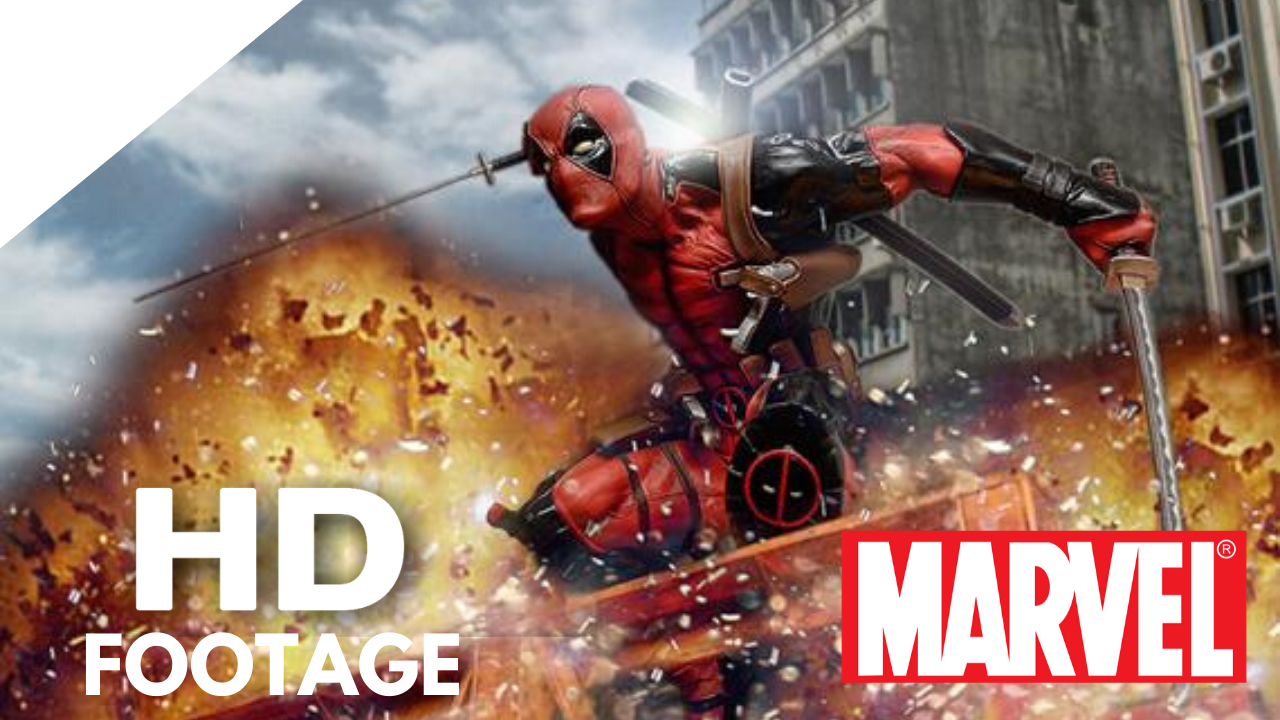
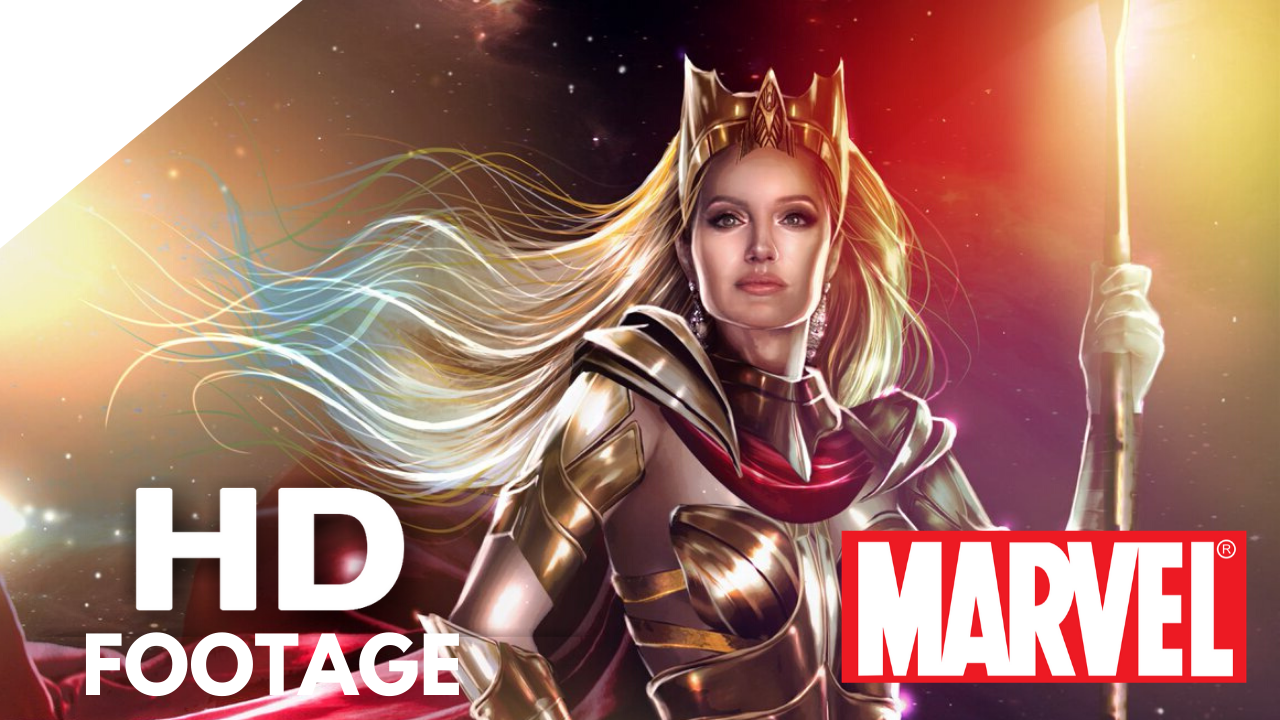
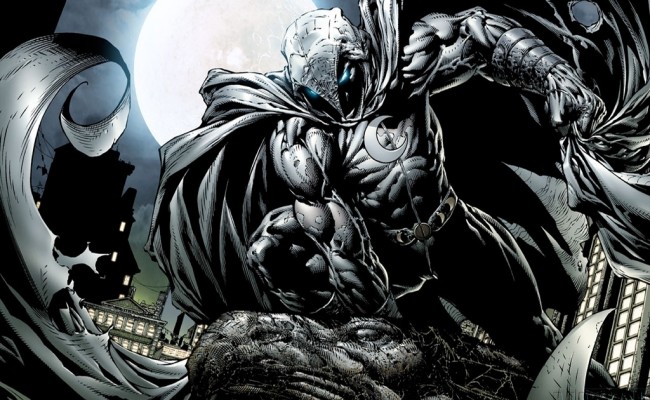
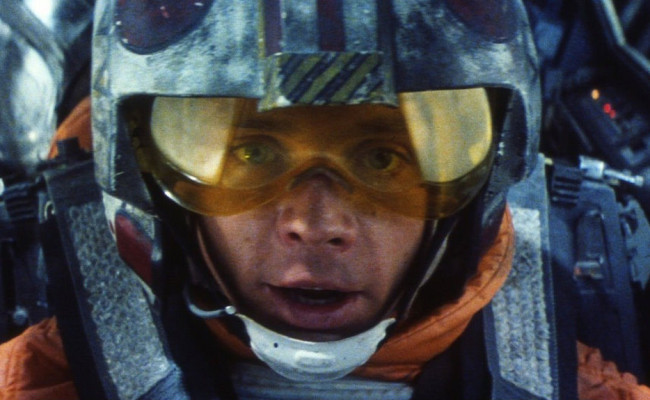
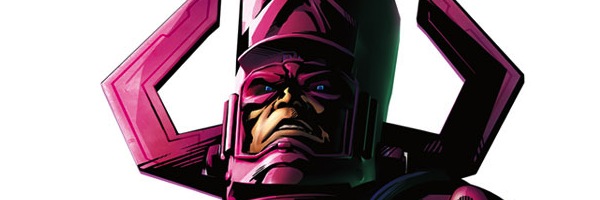
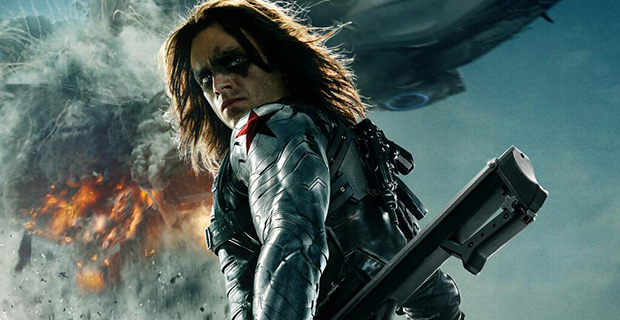
S#!T Talking Central